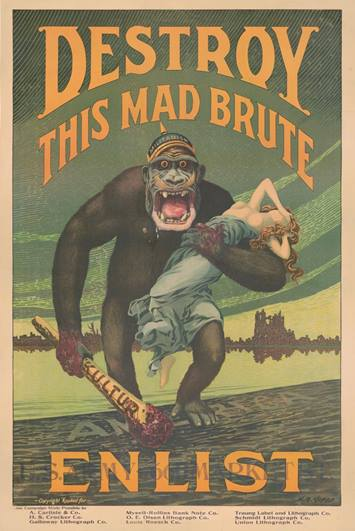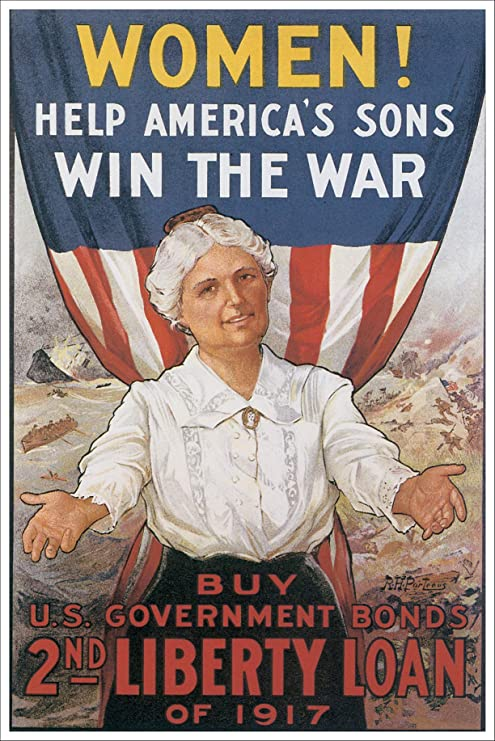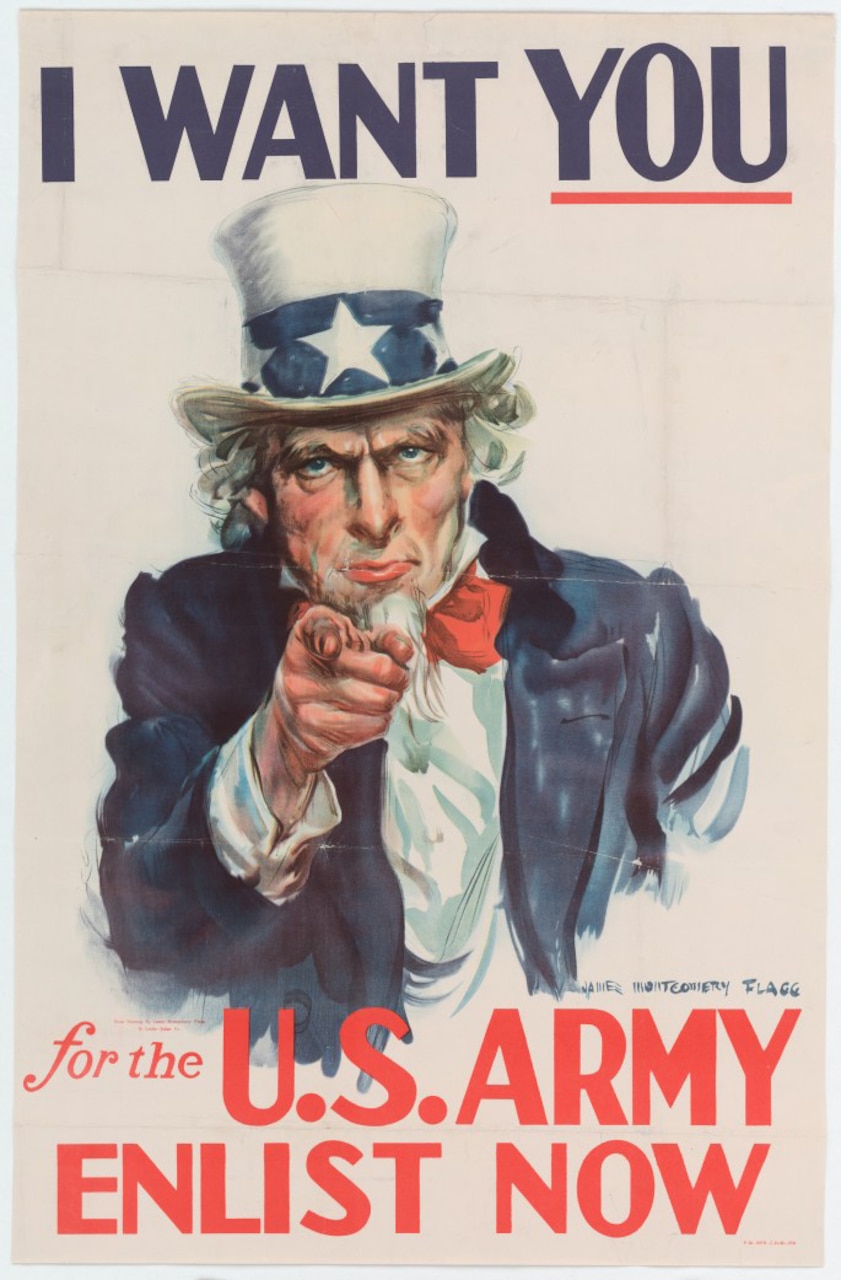Caleb Lagerwey
Robby May
dylan_black_2025
AP US History 🇺🇸
454 resourcesSee Units
Anti-German Sentiment
Like most conflicts in US history, WWI caused questions about civil liberties, immigration, and opposition (think Alien & Sedition Acts during the Quasi War or Lincoln’s suspension of habeas corpus during the Civil War). Because the US had experienced such high immigration in the decades before WWI, some Americans questioned the loyalty of recent immigrants, especially if they were from Central Powers countries like Austria-Hungary and Germany.
Anti-German sentiment spread quickly:
- Many schools stopped offering instruction in German.
- Sauerkraut become known as “liberty cabbage”
- Saloon keepers removed pretzels from the bar.
- Orchestra pieces by Bach, Beethoven and Brahms vanished from symphonic programs.
American anti-war figures were beaten in and some cases killed. Frank Little, an antiwar official of the Industrial Workers of the World in Butte, Montana was taken from his boardinghouse, tied to the rear of an automobile, and dragged through the streets until his kneecaps were scraped off. He was then hanged from a railroad trestle.
A Missouri mob seized Robert Prager, whose only crime was being born in Germany. They bound him with an American flag, paraded him through town and then lynched him.
Freedom of Speech - Schenk v. US

Image Courtesy of Wikimedia
Socialists, pacifists, and others who opposed the war were often arrested and punished: socialist leader Eugene V. Debs was arrested and sentenced to 10 years in prison for outspoken opposition to the war.
One related case you should know is Schenck v. United States, when the Supreme Court ruled against a socialist passing out anti-draft leaflets. The majority opinion famously limited first amendment free speech by saying “The most stringent [strong] protection of free speech would not protect a man in falsely shouting fire in a theatre and causing a panic. ... The question in every case is whether the words used are used in such circumstances and are of such a nature as to create a clear and present danger…” This ruling would eventually be overturned by Brandenburg v. Ohio in 1969.
Espionage and Sedition Acts
Instead of curbing the repression, Wilson encouraged it.
- Espionage Act of 1917 which imposed sentences of up to 20 years for persons found guilty of aiding the enemy, obstructing recruitment of soldiers or encouraging disloyalty.
- Sedition Act, imposing harsh penalties on anyone use “disloyal, profane, scurrilous, or abusive language” about the government, flag or armed forces uniforms.
Eugene V. Debs delivered a speech denouncing capitalism and the war. He was convicted for violation of the Espionage Act and spent the war in a penitentiary in Atlanta. He was nominated as the Socialist Party candidate for President in 1920 and ran from prison, and still got a million votes.
Propaganda
In contrast, the US government cranked out propaganda, informational material designed to push a certain perspective (which is almost always pro-government), through organizations like CPI (Committee on Public Information) that produced propaganda posters like the one shown to the right and through patriotic speeches by “Four-Minute Men”. Propaganda was one of the most important ways the public interfaced with the war. Propaganda pieces were especially visual and direct in their message of a pro-US and anti-German sentiment. Take a look at some examples below and try to understand what argument they're making:



Homefront Changes in Work & Migration
WWI caused an increase in demand for war production, so factories started looking for more workers, especially in northern, urban cities that were centers of heavy industrial production. Urbanization thus increased during WWI, continuing the trend that would result in more Americans living in urban areas than in rural areas by the 1920 census.
The Wilson administration, created hundreds of temporary wartime agencies and commissions staffed by experts from business and government.
War Industries Board | set production priorities and established centralize control over raw materials and prices. |
Food Administration | encouraged American households to eat less meat and bread so that more food could be shipped abroad for the French and British troop. The conservation drive paid off, in two years, U.S. overseas shipment of food tripled. |
National War Labor Board | Former president William Howard Taft helped arbitrate disputes between workers and employers as head of the National War Labor Board. Labor won concessions during the war that had earlier been denied. Wages rose, the eight-hour day became more common, and union membership increased |
Since some of the workers were drafted and the plants needed to expand, these factories turned to new sources of labor, namely women and African Americans. African Americans, partly fleeing racial terrorism down South and partly seeking new job opportunities, moved to northern cities in large numbers during WWI in a process known as the Great Migration. In the North, African Americans found more jobs and less formal, Jim Crow segregation, but they still suffered discrimination.
Immigration & Nativism
Thanks to recent large numbers of immigration before WWI and other events like the Bolshevik Revolution that resulted in the communist takeover of Russia in 1917, Americans began to fear communist, socialism, anarchists, and immigrants—and often failed to distinguish between those four categories—more during and immediately after WWI. This would have grave consequences in 1919. The Red Scare of 1919, which we'll discuss in more detail later in this unit, was the first large anti-Communist riots in the United States. For example, the Palmer Raids were made in 1919 against suspected Communists, largely ignoring their Fourth Amendment rights and raiding their homes looking for Communist materials.
🎥Watch: AP US History - World War I
Browse Study Guides By Unit
🌽Unit 1 – Interactions North America, 1491-1607
🦃Unit 2 – Colonial Society, 1607-1754
🔫Unit 3 – Conflict & American Independence, 1754-1800
🐎Unit 4 – American Expansion, 1800-1848
💣Unit 5 – Civil War & Reconstruction, 1848-1877
🚂Unit 6 – Industrialization & the Gilded Age, 1865-1898
🌎Unit 7 – Conflict in the Early 20th Century, 1890-1945
🥶Unit 8 – The Postwar Period & Cold War, 1945-1980
📲Unit 9 – Entering Into the 21st Century, 1980-Present
📚Study Tools
🤔Exam Skills
👉🏼Subject Guides
📚AMSCO Notes

Fiveable
Resources
© 2025 Fiveable Inc. All rights reserved.